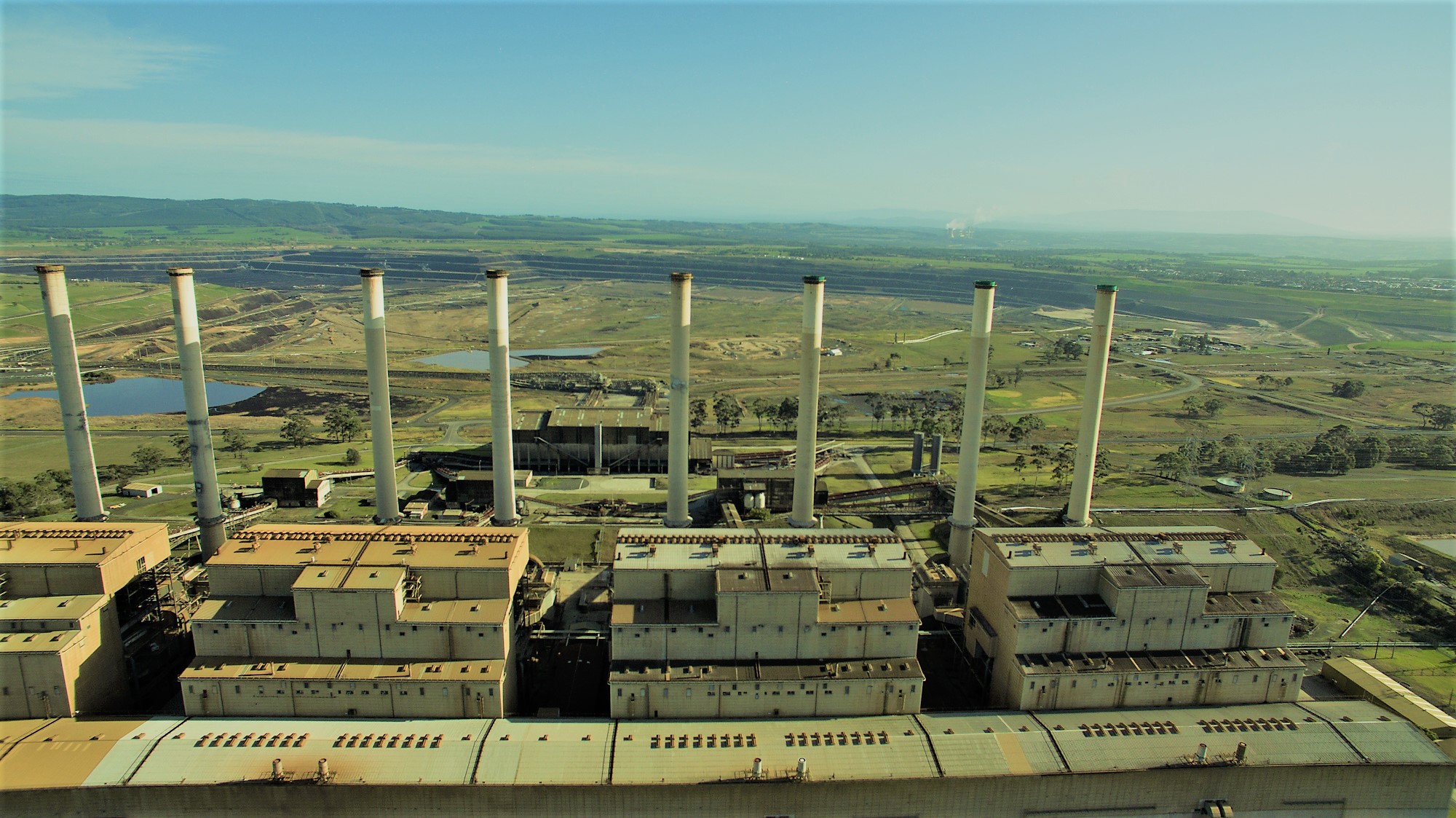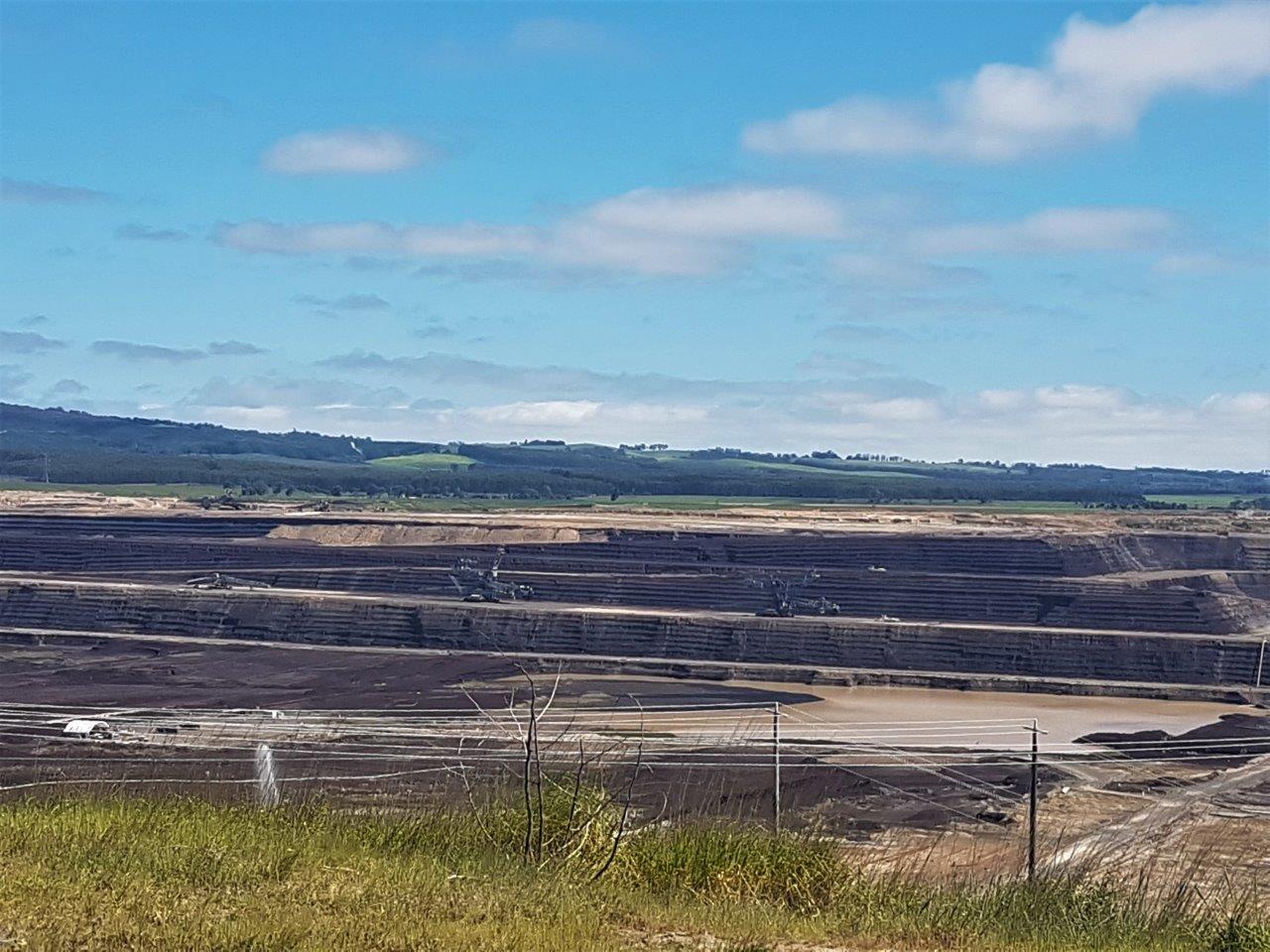
- GLP is a non-political organisation advocating on behalf of the Latrobe Valley for the best outcome for the rehabilitation of all three (3) declared mine voids ie an economic legacy asset that is available for use by the community. We are very mindful of the risk that mine void rehabilitation could well leave a scared landscape and a legacy liability for future generations of Victorians.
- GLP supports in principle the draft TOR for the EES (subject to the detailed points raised later in this submission) for the rehabilitation of the declared Hazelwood Mine Void to a safe, stable and sustainable landform. The EES process is comprehensive, rigorous and challenging but an essential component of the process to ensure effective rehabilitation of the declared mine void because of the deemed risk it poses to the community, environment and infrastructure of LV.
- Unfortunately, there is no specific defined landform or outcome for the Hazelwood mine void. As such, all stakeholders are NOT working to achieve a common agreed outcome BUT rather a generic or minimum set of conditions defined” as safe, stable and sustainable” landform. GLP would suggest inclusion of the additional words “economically viable” landform in the Draft TOR or preferably an agreed landform outcome.
- In addition, consideration needs to be given to the fact that there are three (3) declared mine voids in Latrobe Valley under State Government legislation. They all share a commonality of INTEREST as follows-
- Geographic location and physical “community of interest” -all located in the Latrobe Valley and totally inclusive of the LGA of Latrobe City Council
- Draw on scarce and competing user WATER resources and requirements in the State of Victoria as the preferred solution for mine void rehabilitation purposes
- Subject to similar regulatory processes via separate EES requirements acknowledging known difference in mine geology etc
- Overlap of timeframes covering the next 10-35 years
- Common solutions for mitigation and management of risk factors and therefore most likely common monitoring and oversight regimes
- Face dangers of leaving a permanent legacy liability for the immediate LV community and environs if the mine void process is not done properly
- The above in our view warrants a HOLISTIC rather than standalone approach across all three (3) declared mine voids. GLP suggest that Government give consideration during the conduct of the EES for Hazelwood mine void (we expect a 12-15 month process) to set up an independent body or parallel study group or assign responsibility to the MLRA (together with input from other key stakeholders particularly LCC) to –
- complete a study of WATER requirements and availability for mine void purposes together with other competing needs of industry, community, agriculture and environment over at least the next 25 years, and,
- develop a financial based evaluation/assessment model to evaluate competing community, industry, agricultural and environment needs for WATER including various FILL levels for mine void rehabilitation purposes.
- GLP considers that the standalone approach strongly favours first user Hazelwood Mine VOID rehabilitation over the other two mine voids plus perhaps more importantly allows the most important factor ie access to WATER resources to be decided upfront rather than downstream. All other considerations associated with mine void rehabilitation can be considered on merit and fixable (within financial constraints) except WATER which is not only finite but subject to competing needs and requirements.
- GLP considers the potential impact from a job done well compared to a job done poorly requires a greater emphasis on likely landscape outcomes, potential beneficial uses and potential associated social and economic impacts.
Specific Comments on the Hazelwood EES Draft Terms of Reference (TOR).
It is possible that many of these comments will be deemed as covered within the current TOR, none-the-less they have been included to ensure these specific matters are addressed.
Section 4 – Assessment of specific environmental effects – last paragraph bottom p14
- Requires Hazelwood to make future cumulative impact assessments of others water use. As stated in item 5 above, GLP believes this action resides with the State, not an individual company.
Section 4.1 – Water Resources and Environmental Values – Key Issues 3rd dot point
- Needs to include potential to create anaerobic separations.
- Need to assess whether pumping of aquifers, whilst increasing floor weight, has potential to increase connectivity between these water bodies if pressure differentials aren’t managed.
- Assess potential aquifer water level rebound:
- when Hazelwood ceases dewatering activities, and
- when Loy Yang mine stops dewatering activities, to assess Hazelwood Mine Floor stability in future and what mine water level is needed for stability.
- Propose where water will be sourced to account for evaporative losses and provide worse case weather projections on lake levels compared to the water levels needed for stability.
- Clearly state what diversion structures, currently used to keep surface runoff waters out of the mine and control flows into the Hazelwood Cooling Pond (HCP), will be retained and who will conduct inspections and maintenance to ensure integrity into the future for those proposed to be retained. Those structures not planned to be retained will increase flow to the Mine void and reduce flows to the Latrobe River. These changes need to be quantified and the impacts understood.
Section 4.2 – Landform Safety and Stability – Likely effects
- Weight balance needs to change as regional aquifer drawdown reduces, with Hazelwood and the Loy Yang ceasing dewatering, and aquifers rebound. The mine floor needs to be stable under all conditions and large pressure differences between the lake water level and aquifer pressures need to be minimised to reduce potential for interconnection and hence contamination. Minimising pressure differentials between the mine void and underlying aquifers has the potential to substantially increase timeframes to significantly greater than currently indicated in the EES documents and links what happens at Hazelwood with what happens at Loy Yang (which is controlled by a separate entity). The proponent’s proposals need to be very clear on how these matters will be addressed and what options they considered.
Independent of the EES, the State needs to consider whether it is reasonable to have one entity on the hook when that entity has no control over expenditure projections because they are entirely controlled by a third party.

 BACK
BACK

